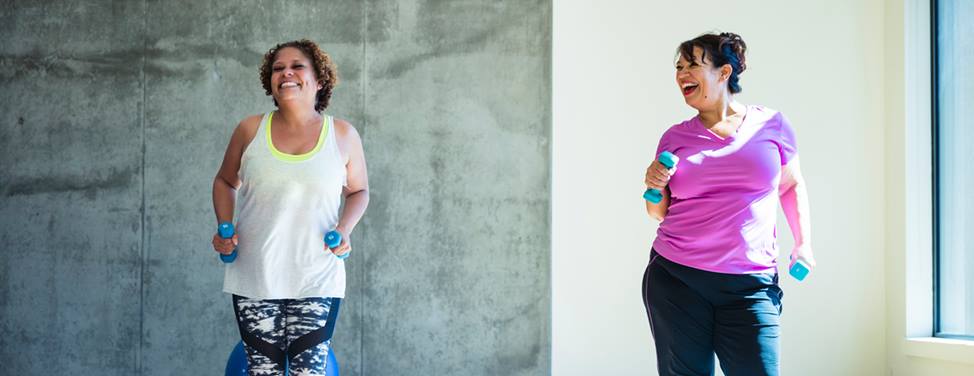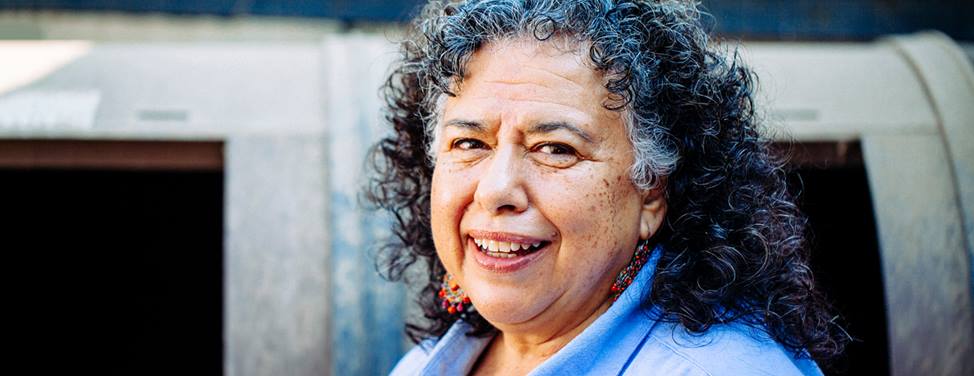
DIEP Flap and TRAM Flap Procedures
DIEP Flap Breast Reconstruction
A DIEP (pronounced like deep) flap is a type of reconstruction that uses a woman's own tissue to create a new breast after a mastectomy. The surgery's tongue-twister of a name comes from the branches of the primary blood vessel relocated during the procedure, the deep inferior epigastric perforator (DIEP).
The DIEP flap is one of several post-mastectomy reconstructive options that uses a woman's own tissue in addition to or in lieu of an implant. Umbrella terms for this type of surgery include "tissue-transfer surgeries" or "autologous reconstruction." Depending on a woman's body type and past medical history, tissue from the back, buttocks or even inner thighs can be relocated to fashion a new breast. But an increasingly common tissue-transfer procedure is the DIEP flap.
During a DIEP flap reconstruction, tissue from a woman's lower belly is surgically removed, shaped and attached to the chest to form a new breast. The surgeon takes skin, fat, and blood vessels, but leaves the underlying abdominal muscle (rectus abdominus) intact. Because the muscle goes undisturbed, the DIEP flap is considered an improvement over its predecessor the TRAM flap.
A TRAM flap surgery involves moving a section of abdominal muscle along with fat and skin up to the chest. In this procedure, the relocated tissue isn't cut off from its blood supply. The DIEP flap is more complicated because the new "breast tissue" is freed from the belly. Therefore, the surgeon must restore blood flow by carefully connecting blood vessels from the new tissue to blood vessels in the chest. To do this painstaking and precise work, a surgeon must look through a microscope, hence the term microscopic surgery.
An advantage of a DIEP flap, compared to a TRAM flap, is that it has fewer long-term complications, such as hernia and muscle weakness. Also, implants need to be replaced every 10 to 15 years, whereas once the tissue-transfer heals, additional surgeries are no longer needed.
A disadvantage of a DIEP flap, compared to implants, is the need for two surgical sites (the breast and the belly), which may increase the amount of pain and the length of recovery time. The surgery also results in a scar across the lower abdomen.
The best candidates for DIEP flaps are women who have enough tissue to reconstruct the breast to match their goal size and women who are looking for an alternative to breast implants. Conversely, tissue-transfer surgeries aren't recommended for thin women or those who need to return to daily activities quickly.
More Information:
UCSF Health medical specialists have reviewed this information. It is for educational purposes only and is not intended to replace the advice of your doctor or other health care provider. We encourage you to discuss any questions or concerns you may have with your provider.
















